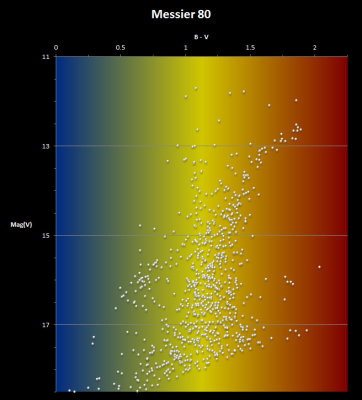





 |
 |
 |
 |
 |
 |
| Rolf Olsen | profile | all galleries >> Astrophotography >> Colour-Magnitude Diagrams | tree view | thumbnails | slideshow |

 Colour-Magnitude diagram for NGC6752 |
 Colour-Magnitude diagram for Messier 4 |
 Colour-Magnitude diagram for Omega Centauri |
 Colour-Magnitude diagram for Messier 80 |
 Colour-Magnitude diagram for NGC5286 |
| comment | share |
| Guest | 12-Apr-2021 19:20 | |
| Guest | 18-May-2012 11:59 | |